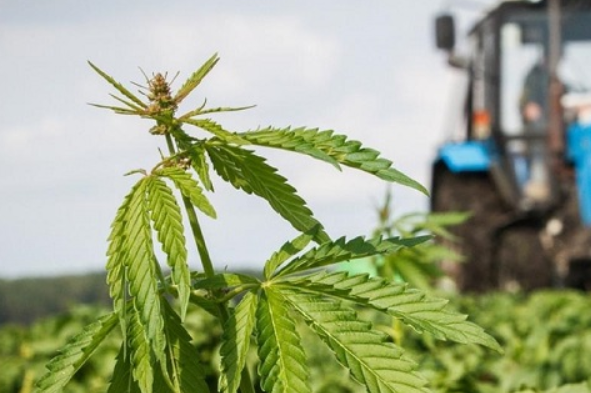Buryatia: A Promising Region for Industrial Hemp Production
At an agronomy meeting held by the government of Buryatia on January 20, the cultivation of industrial hemp was highlighted as a promising direction for regional development. Initial steps in this area have already demonstrated high profitability.
In 2021, Russian Prime Minister Mikhail Mishustin signed a decree lifting the ban on the cultivation of hemp and poppy for industrial, medical, and veterinary purposes. Seeds for planting will now be included in the state registry.
Buryat farmer and entrepreneur Tamir Shagdarov successfully introduced hemp cultivation on his farm, achieving impressive results, according to MK in Buryatia.
Profitability and Yields
Galsan Dareev, the Minister of Agriculture of the Republic, stated that wheat yields a maximum profitability of 20%, while hemp reaches 125%.
“For example, from the 100 hectares sown by Shagdarov, he should receive revenue of 43.75 million rubles if he sells all the oil produced. He sells a kilogram of hemp oil for 750 rubles. This is a very interesting area, which is why I emphasize oilseed crops,” Dareev said at the meeting.
The minister also noted that this yield surpasses that of the Udmurt Republic, a leading region in Russia for hemp cultivation. There, the yield is 4.7 centners per hectare, while in Buryatia it is 5 centners per hectare.
Current State and Farmer Perspectives
Currently, only Shagdarov’s farm, in cooperation with the Buryat State Agricultural Academy, is engaged in hemp cultivation in Buryatia.
During the meeting, Tamir Shagdarov stated that hemp has been added to the registry of agricultural crops, making it eligible for seed subsidies.
Other Buryat farmers were initially skeptical about hemp cultivation, but after hearing about the yields and product prices, they changed their minds.
Global Trends and Future Prospects
Oyuuna Tsybikova, head of the Department of Crop Production at the Buryat State Agricultural Academy, also presented a report on the experience and prospects of hemp cultivation in Buryatia.
“Currently, there is a sharp increase in hemp production worldwide. The leaders in this industry are China, France, Canada, Italy, and the USA. Global market prices for hemp are twice as high as for cotton, and demand for hemp fabric is growing every year,” Tsybikova reported.
Following the report, Galsan Dareev noted that scientists have not yet developed the necessary theoretical and methodological foundation, so Buryatia’s farmers will have to master the nuances of hemp cultivation through practical experience, or as he put it, “by trial and error.”



